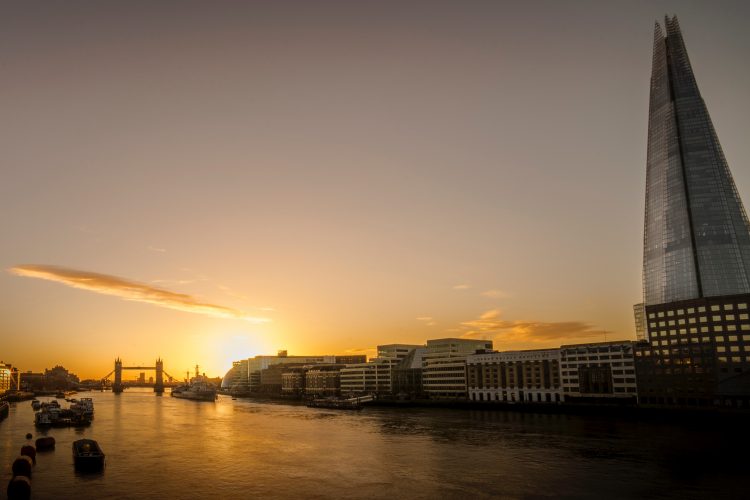In one of our previous posts, we have defined Rights to Light as a legal right that allows property owners to receive light from the sky in their property without disturbances.
Based on this, anyone with a right to light can seek for compensation once loss of light has been proven. However, there are common misconceptions regarding rights to light and other related matters.
Here’s a few of them:
Any part of the property can acquire a right to light.
Rights to light only apply to defined ‘apertures’ or any opening in the property such as windows in which light passes through. The easement does not cover any other parts of the house such as land.
If a proposed development or a newly built structure affects the light in a property’s garden, ground or any open area, the owner cannot seek an injunction using Rights to Light.
Rights to Light is a material planning consideration.
Issues related to rights to light are considered civil matters and are not considered when applying for a planning application. Even if the planning permission of a development has already been granted, rights to light should still be considered.
Unlike rights of light, daylight and sunlight assessment is needed and must be considered by local planning authorities when approving applications.
Properties older than 20 years automatically acquire rights to light.
As we have discussed before, there are a number of ways in which properties can acquire a right to light. The most common way is through prescription (Section III of the Prescription Act 1832). Through this act, any property that has been in place for more than 20 years or has an uninterrupted enjoyment of light in that period has a rights to light.
So, is it safe to assume that any property that has been built 20 years ago has a right to light? Yes, older properties are more likely to acquire the right but the answer to this question is no – this is not always the case as there are properties built 20, 50, 100 years ago that have been renovated and altered.
Apertures and windows in properties that have undergone repairs, extension or alterations may have been placed in a different position which forfeit acquisition of rights to light through prescription. There are also other factors that may defeat the claim of a right to light such as a light obstruction notice filed with the local authority, exclusion in the deed and a permission to use the neighbouring land to receive sufficient light.
The acquisition of rights to light is a case-to-case matter and properties should be considered carefully before claiming the rights.
Developments that violate rights to light will be removed.
There are requirements and steps to prove that a proposed development has breached the rights to light of a property. A Rights to Light assessment must be conducted by a surveyor, proving that the development will have a significant impact to a property.
Demolition of a development is discretionary. Once loss of light has been proven, the property owner may seek for settlement or claim compensation for the injury received. Dealing with settlement and compensation must be done with surveyors and solicitors which represent both parties.
In cases where two parties failed to reach an agreement, the court will handle the matter and look into the dispute. In order for a development to be demolished, the court will need to look into certain details such as if the owners of surrounding properties were advised before the construction of the development, the costs of demolition and whether there was an illogical delay in bringing the claim.
Rights to light assessment uses the 45-degree rule.
The 45-degree rule is only used by planning authorities when assessing impacts of a proposed development on sunlight and daylight in surrounding properties. This rule isn’t used when assessing rights to light.
Instead, the 50% rule must be followed as it is the correct way. This rule establishes a ‘grumble line’ in which the light received by a room causes less than 50% of the room to be adequately lit, the property owners will notice and grumble about it.
Rights to light assessment is different from daylight and sunlight report. To know more about the difference, read our recent post.

